News
BOOK: Who Shot the Pregnant Man by Alan Brooking
20 August 2018
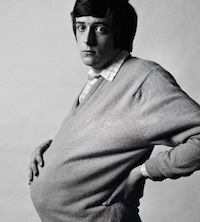
©Alan Brooking
AOP50 showcased a stunning array of our members photographs in celebration of our 50th year anniversary. Included in the collection was the iconic image, ‘The pregnant Man’ by Alan Brooking. We caught up with Alan to find out more about his recently published book "Who Shot the Pregnant Man?' - a must read, this book gives a real insight into what Advertising Photography was all about in the 60's, 70's and 80's.
Congratulations on your fantastic new book, ‘Who Shot The Pregnant Man’, which tells the story of one of advertising’s most iconic images. How did the book come about?
England's 1960 world of advertising was still dozing in its old-style 'hard-sell' past. But on April Fool's Day it received a shock. Three bright guys had felt that enough was enough. Taking a very novel approach; they would credit consumers with intelligence. A wave of refreshing ad concepts suddenly appeared and Adland sat up and took notice. It was to spark a full-on Creative Revolution in advertising. That new agency was called Collett Dickenson Pearce and Partners.
Over in New York, DDB and PKL had established their own revival some years before, so when they realised what CDP had so successfully achieved in London, they packed their bags and flew over to join the party.
That's the nutshell story, but it had never been properly recorded. Merely two or three rather misguided books by people far too young to know what really happened. As one of CDP's first art directors I was determined to put the record straight.
I sat down and began writing.
Can you give us an insight into the story behind the image?
Charlie Saatchi and Ross Cramer were two creatives quick to catch on to the new wave. In late 1969, they were briefed to produce a poster promoting responsibility in sexual relations. They came up with the idea of a now famous, 'Pregnant man’. — Suppose it was you who got pregnant? But the poster had to be shot and printed by the New Year—and we were just 4 days from Christmas. Finding the face for the ad would be a race against time. Without the right face and the perfect expression, the concept would collapse.With my PA, assistant and co-ordinator all searching endlessly for 'The Face'. We scoured model agencies and hunted mainline rail stations. We Polaroided dozens to no avail. In the end it was top casting stylist Patsy Pollock who found him—in a rival ad agency's production dept. Getting that final image was all down to restraint on my part. 'Keep it simple.' It was all about the subtlety of his expression. On the day, I saw the perfect frame go through, but we would never be sure until the film had been processed.That poster caused something of a furore around the globe—a very different 1970 globe.
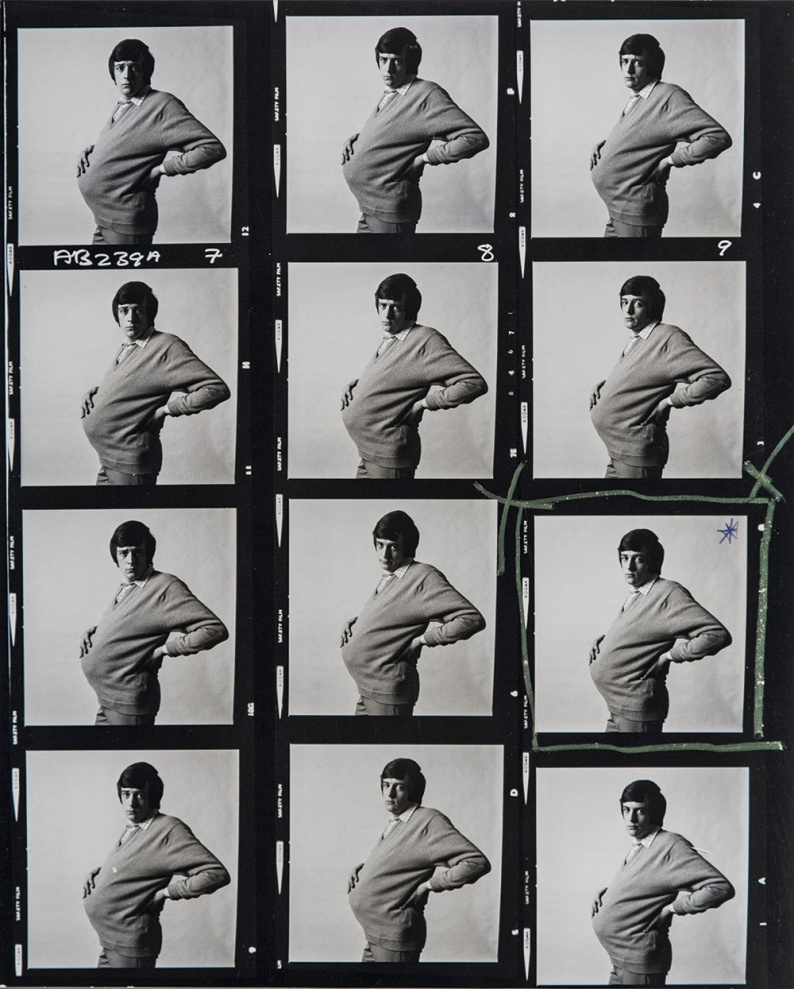
©Alan Brooking
You took a ‘gamble’ as you put it, changing careers from Art Director at CDP to go alone as an advertising photographer in your own right. Can you talk to us about this transition and how you went about pursuing your first clients?
I must admit, starting up was hardly the assault-course most newbie photographers endured. My five years as an art director at legendary CDP had already put me on the creative map. But it was still a very exciting leap in the dark.
Once I'd fixed an appointment at a prospective agency, I'd take my interviewer through my art direction portfolio. Meanwhile my assistant would be busy setting up my 35mm Leitz projector so a screening of my new images could then seamlessly follow.
But how hopelessly naive I was about the logistics of going-it-alone—and now without the security of a steady monthly salary. The support of an AOP would certainly have been a God-send, but nothing of the sort existed back then. London's photographers were a bunch of loners, trying their luck here and there and just hoping to make a name for themselves. At that time probably no more than a dozen had actually succeeded. Many dismissing advertising photography as of the rather boring 'product shot' variety. They had yet to catch on to the Creative Revolution that now offered them such a wonderful arena.
The book looks back over your fascinating career, is there any one campaign that stands out as the most enjoyable or challenging for you?
There were really very few that weren't. I revelled in the wild variety of concepts I was so lucky to be given. I guess the series we shot for Nescafe in Ecuador stands up pretty well. Not least because my young Belgian art director was so easy to work with. A truly bright guy. There were three main set ups to shoot, one of which featured an old-world steam loco that the agency had discovered. The layout showed a train loading up with sacks of coffee beans in the main street of a little Ecuadoran town.
The railway ran through the main street and people just climbed up from the cobbles. The minute we arrived the whole population turned out to watch and thronged around us while we set up the scene for our poster. Everything was complicated by the need to allow express trains up into the Andes to pass through from time to time. It took us three days to get it all together, but it was fun to do—just the kind of production I really enjoyed.
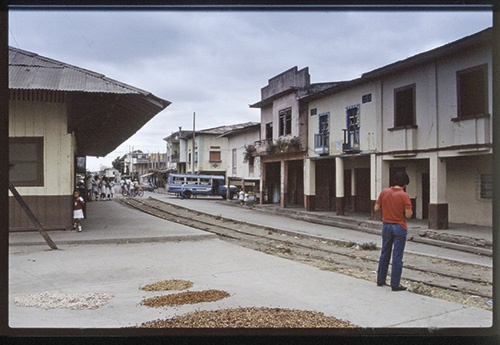
©Alan Brooking - Ecuador (before snap)
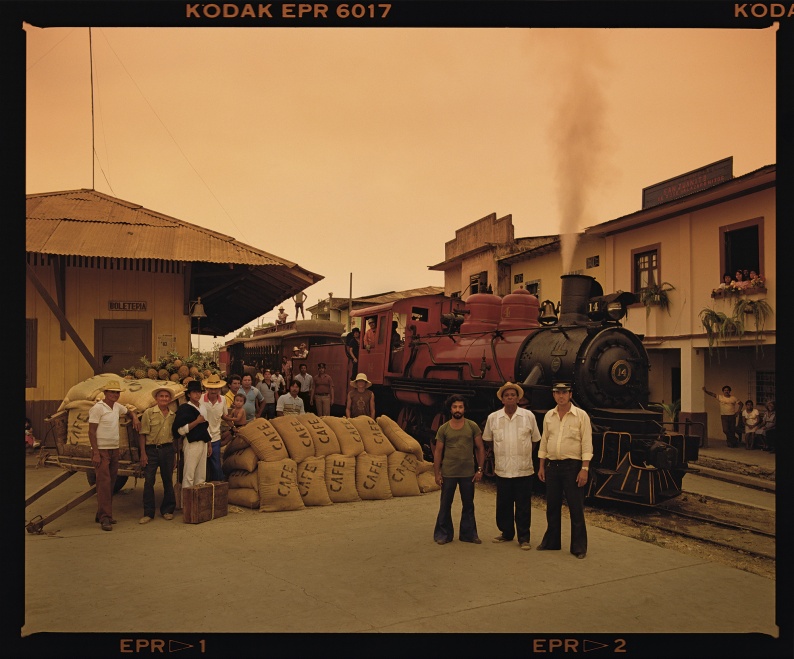
©Alan Brooking. Equador Train
You must have a plethora of stories to tell from shoots over the years, are there any you would like to share with us?
Levi’s Campaign: Sir John Hegarty was still just plain John when he tasked me to launch his brand new Levi’s Black Jeans account. He and his writer Barbara Nokes had really kept it simple—'Black Levi's. When the world zigs. Zag.' He'd sketched a flock of sheep going one way—like they do, with one black sheep going the other. For me, the black sheep was no problem—I'd simply 'strip him in' later. But a flock of sheep shot from up a ladder; B O R I N G. To me they surely needed to be semi side-on—more like step-&-repeat wallpaper.
OK, but how to lay them over at 45 degrees? Photo-comp them in single rows? No way.
So I set out to find a seriously steep sided valley—in sheep farm country. Then I could shoot from the opposite slope and they'd all be 'laid over' for me. And that's how it was.
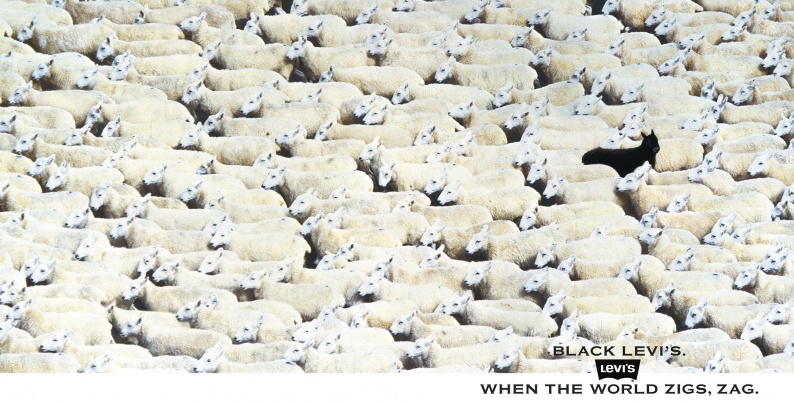
©Alan Brooking
Benson & Hedges' enigma poster campaign
Back in 1980, cigarette smoking was still socially acceptable, but the Government had put an end to ads with any kind of wording. To solve this problem CDP's Alan Waldie had devised a campaign of enigmatic images—but never failing to show the B&H gold pack. A series of huge posters followed, each with its own visual conundrum.
Art director Neil Godfrey ran a very successful 'Egyptian Pyramids' poster with the B&H gold box standing-in at 45 degrees as one of Giza's icons. For Christmas that year, AD Dave Horry's concept was a pastiche on Neil's Giza poster. But instead of a blazing hot sun, it would show the same scene in deep snow, with the star of David in its place. But I said No to attempting this in Egypt. I had the pyramids and the Gold pack built by a set builder and constructed in Shepperton Studios. A huge dark blue backdrop was set up for the night sky, I crumpled a sheet of white silk across the foreground for the snow, and in place of the sun, I pierced a hole in the backdrop to point a fierce tungsten light at my lens. A crosswire filter turned it into a Star of David.

©Alan Brooking (snap of set)
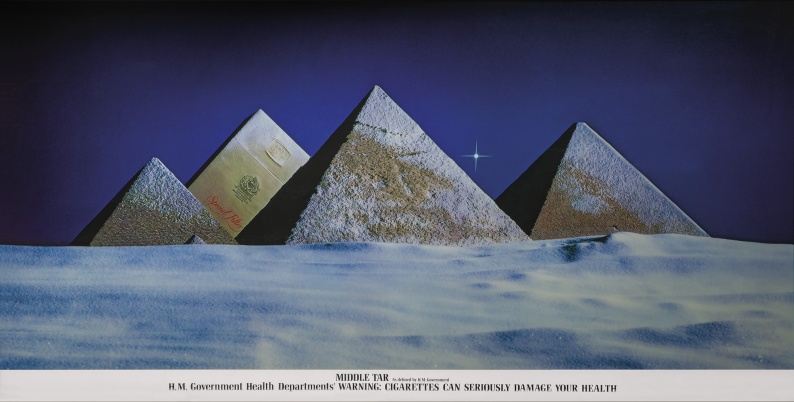
©Alan Brooking
As a long term member and twice AOP Chair can you tell us about what the AOP has done for you and your career over the years?
Had I started life as a photographer, I'm sure AOP might have been very different for me, but I'd entered photography from another perspective. I was a maverick, never a purist photographer, more just an ad-man with a camera. On the down side, AFAP, AFAEP and AOP were to take up a good many anguished hours of trying to improve our structure and status. The 'up side'? The establishment of a Professional Association was to utterly transform our relationship with the advertising industry. No longer were we seen as 'lone wolves' but as established professionals, with our own high standards and codes of conduct. We were now taken seriously—a major benefit to us all. That was something I have never failed to appreciate.
Copies of the book are available to buy here https://www.whoshotthepregnantman.com/



